
Early morning image at Tu Hieu Pagoda (also known as Tu Hieu Ancestral Temple), an ancient temple located on Le Ngo Cat Street, Duong Xuan Thuong 3 Residential Group, Thuy Xuan Ward, Hue City.
According to Buddhist documents and Nguyen Dynasty history, Tu Hieu Pagoda was originally An Duong hermitage founded by monk Nhat Dinh (1784-1847) in 1843. He was originally a monk at Giac Hoang pagoda in the Hue Royal Palace, but asked to return to this mountainous area to practice meditation and take care of his elderly mother.
According to legend, when he was practicing at An Duong hermitage, out of concern for his sick old mother, the monk often went to the market to buy fresh fish to cook porridge to nourish her, despite the gossip of the world. Moved by the kindness of monk Nhat Dinh, King Tu Duc granted him the title of Tu Hieu Tu.
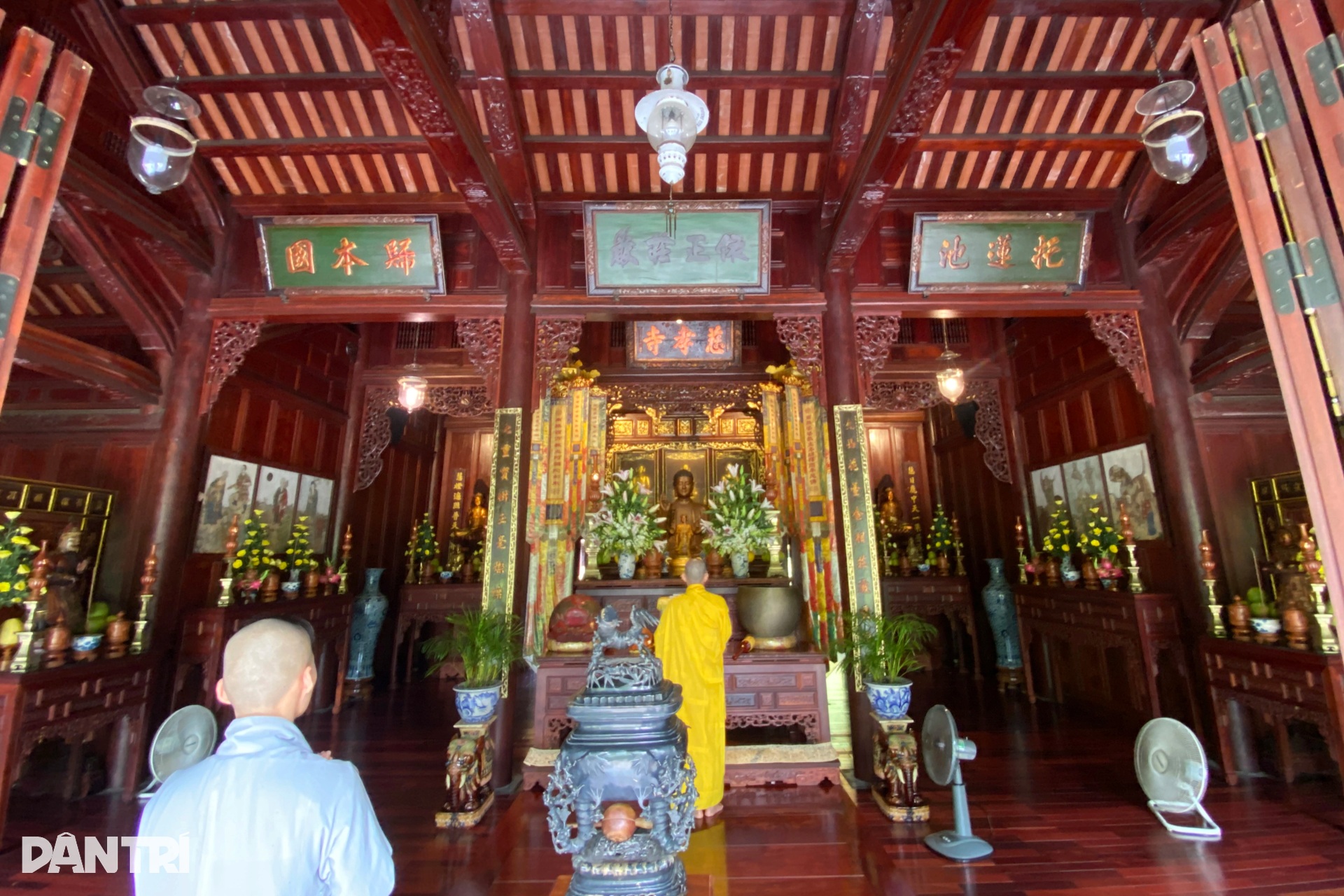
Inside the main hall of Tu Hieu Pagoda. This is where monks, nuns, Buddhists and tourists come to offer incense, worship, pray and perform rituals, especially on full moon days of every month, Vu Lan festival, traditional national New Year,...
In 1848, the pagoda was built on a larger scale by monk Hai Thieu - Cuong Ky (1810-1898) with the support of the royal court, eunuchs and Buddhists.
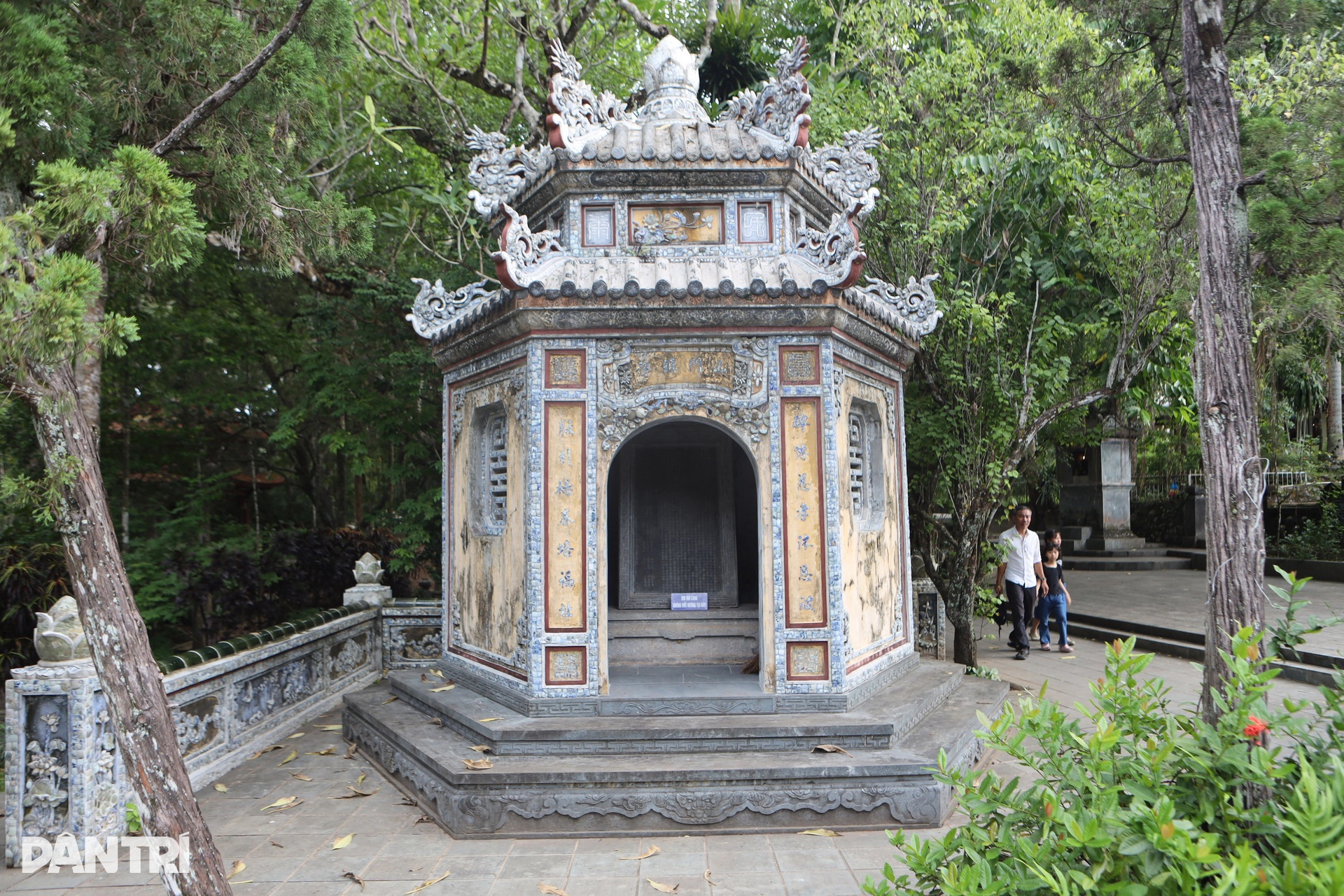
In the front yard of the main hall, there are two hexagonal steles. The steles record the history of the establishment and the list of people who contributed to the construction and expansion of Tu Hieu Pagoda.

On the left of the main hall are two cylindrical tower tombs, one of which is 7 stories high, where monk Nhat Dinh, the founder of Tu Hieu Pagoda, rests.
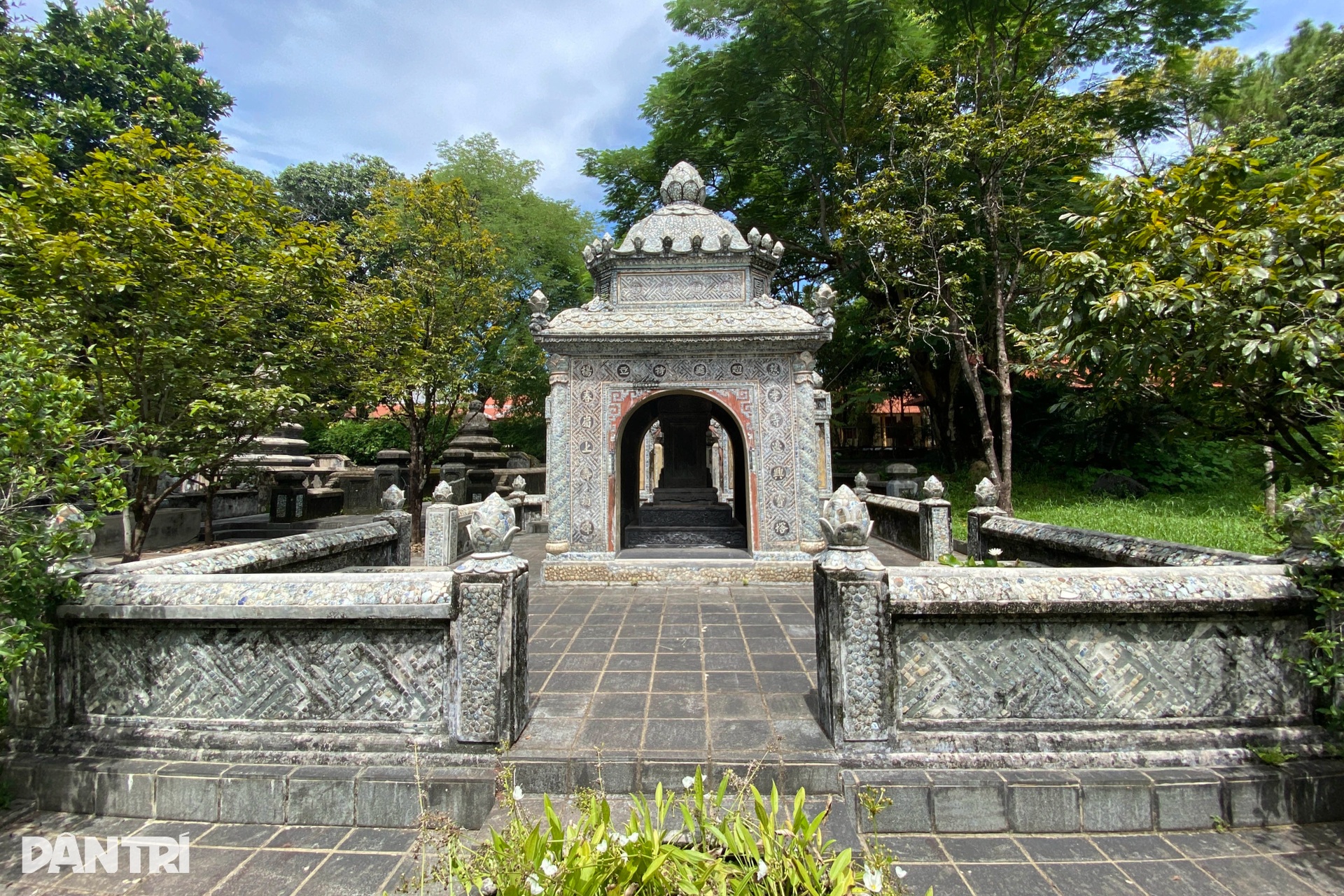
In the tomb garden to the right of the pagoda, there is a mausoleum built to imitate the tomb of King Khai Dinh. This is the resting place of the person who contributed to the expansion of Tu Hieu Pagoda, monk Cuong Ky.
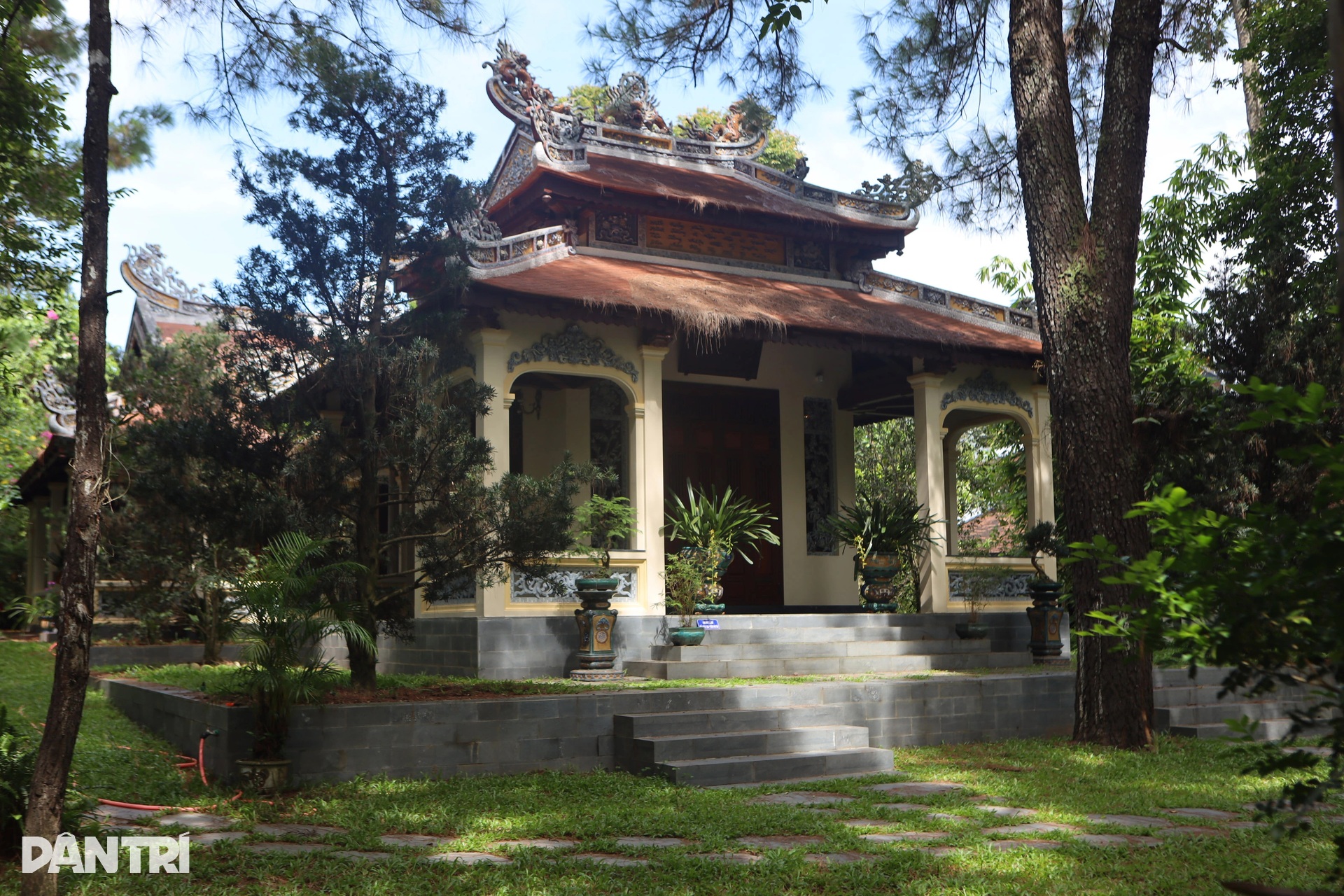
Tu Hieu Pagoda is also famous for being associated with the life of Zen Master Thich Nhat Hanh. At the age of 16, he became a monk here. After many stages, the Zen Master returned to the pagoda and passed away on January 22, 2022.
The Listening Room area, where Zen Master Thich Nhat Hanh rested in peace during the final stages of his life. Currently, a part of his relics is enshrined here.
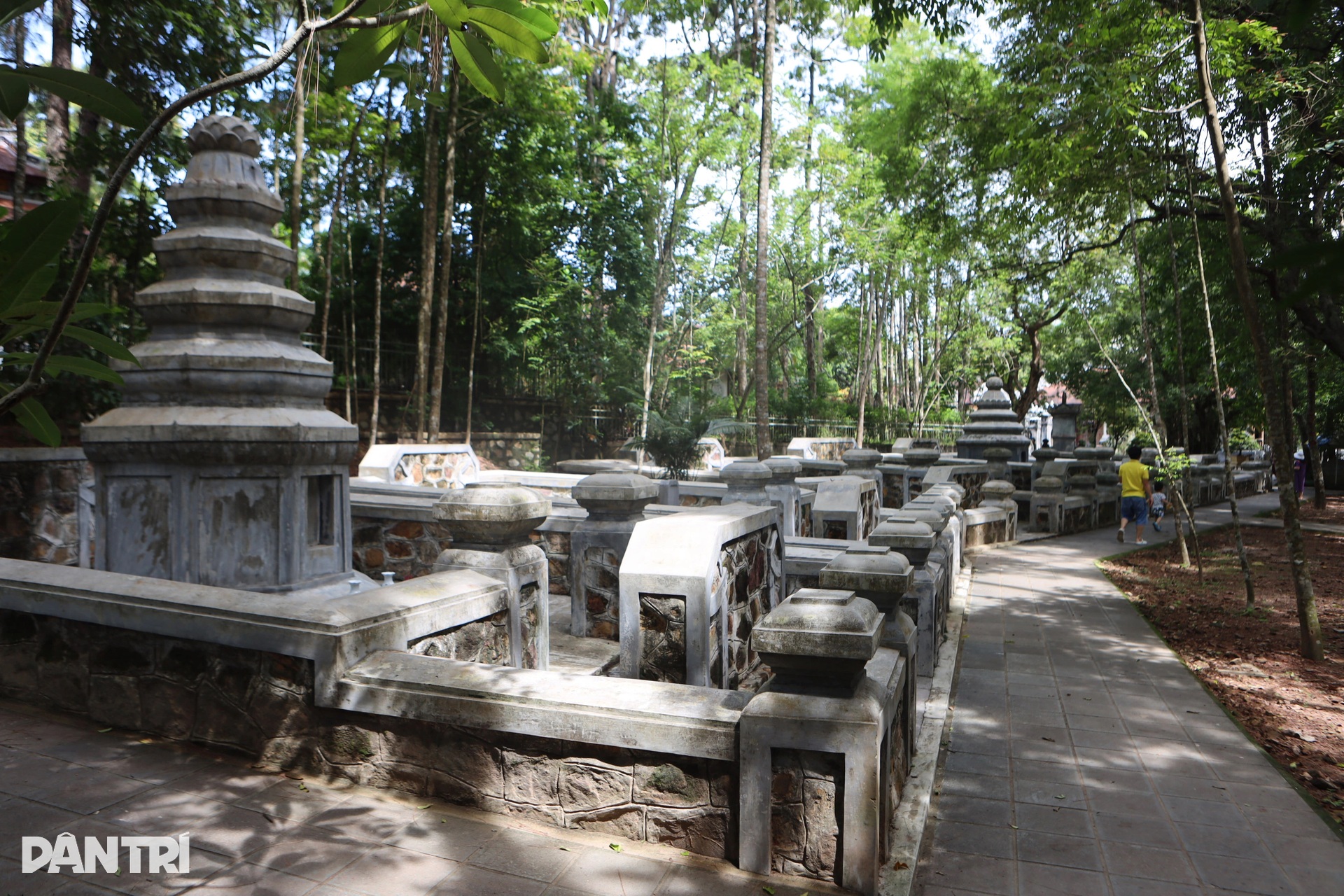
Located right in front of the Listening Hall are the tombs of monks (tower shape) and palace maids (in the middle). Near the main hall are the tombs of three eunuchs of the Nguyen Dynasty, who made many contributions to the construction of Tu Hieu Pagoda.
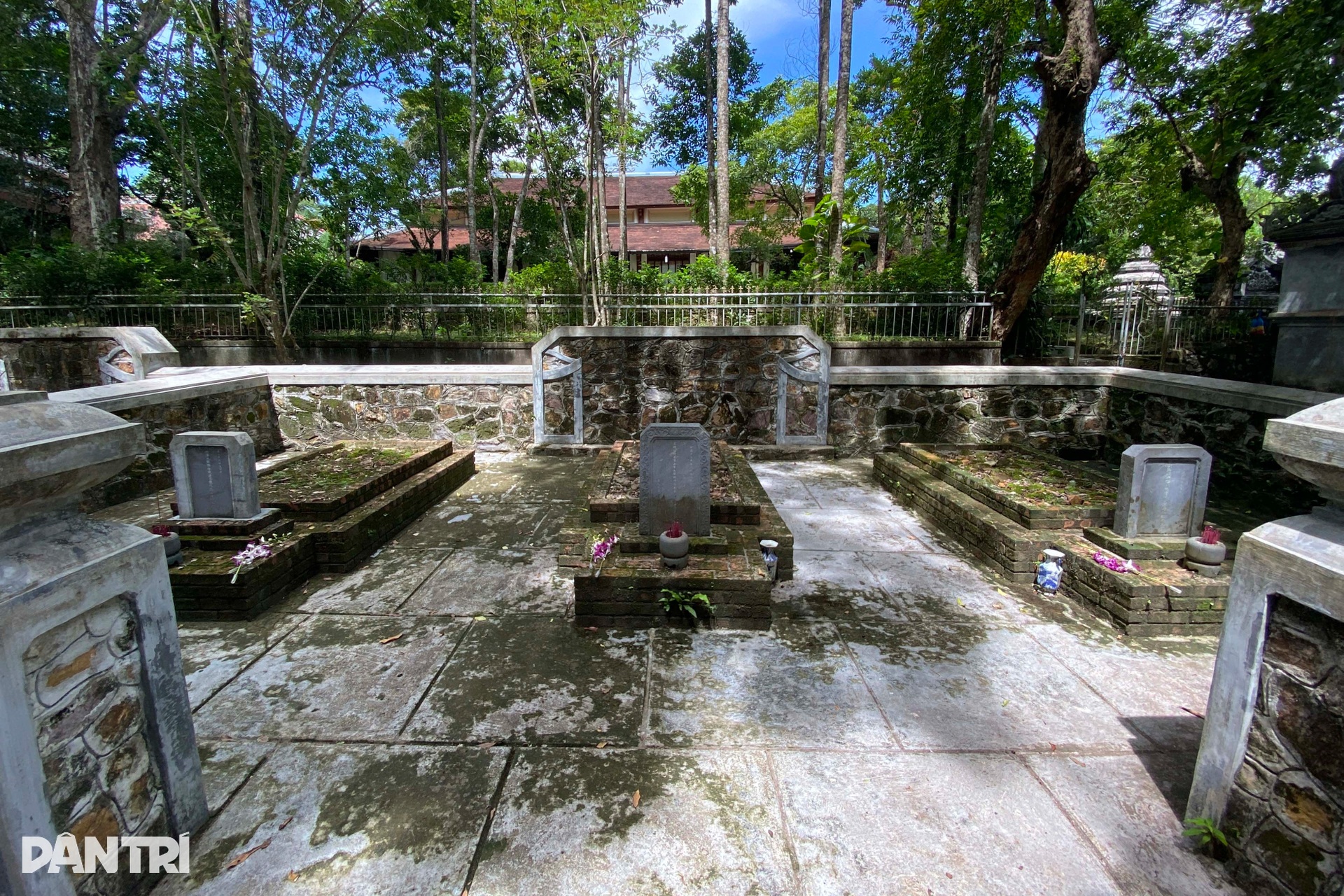
The tombs of three eunuchs of the Nguyen Dynasty who made great contributions to the construction of Tu Hieu Pagoda were once damaged and degraded, but have now been restored and renovated.
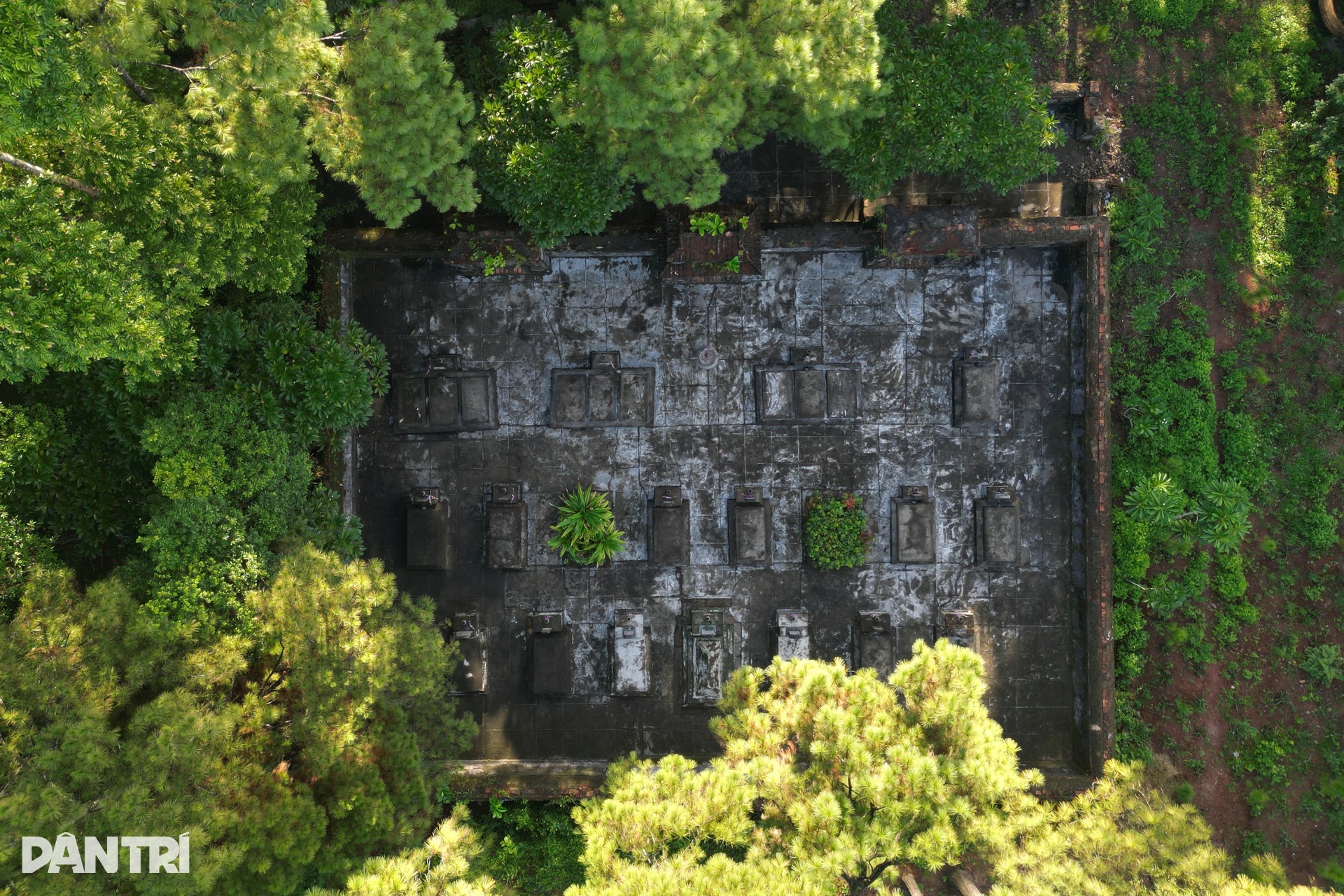
Located within the grounds of Tu Hieu Pagoda is also a Nguyen Dynasty eunuch cemetery, with 25 graves and surrounded by a wall.
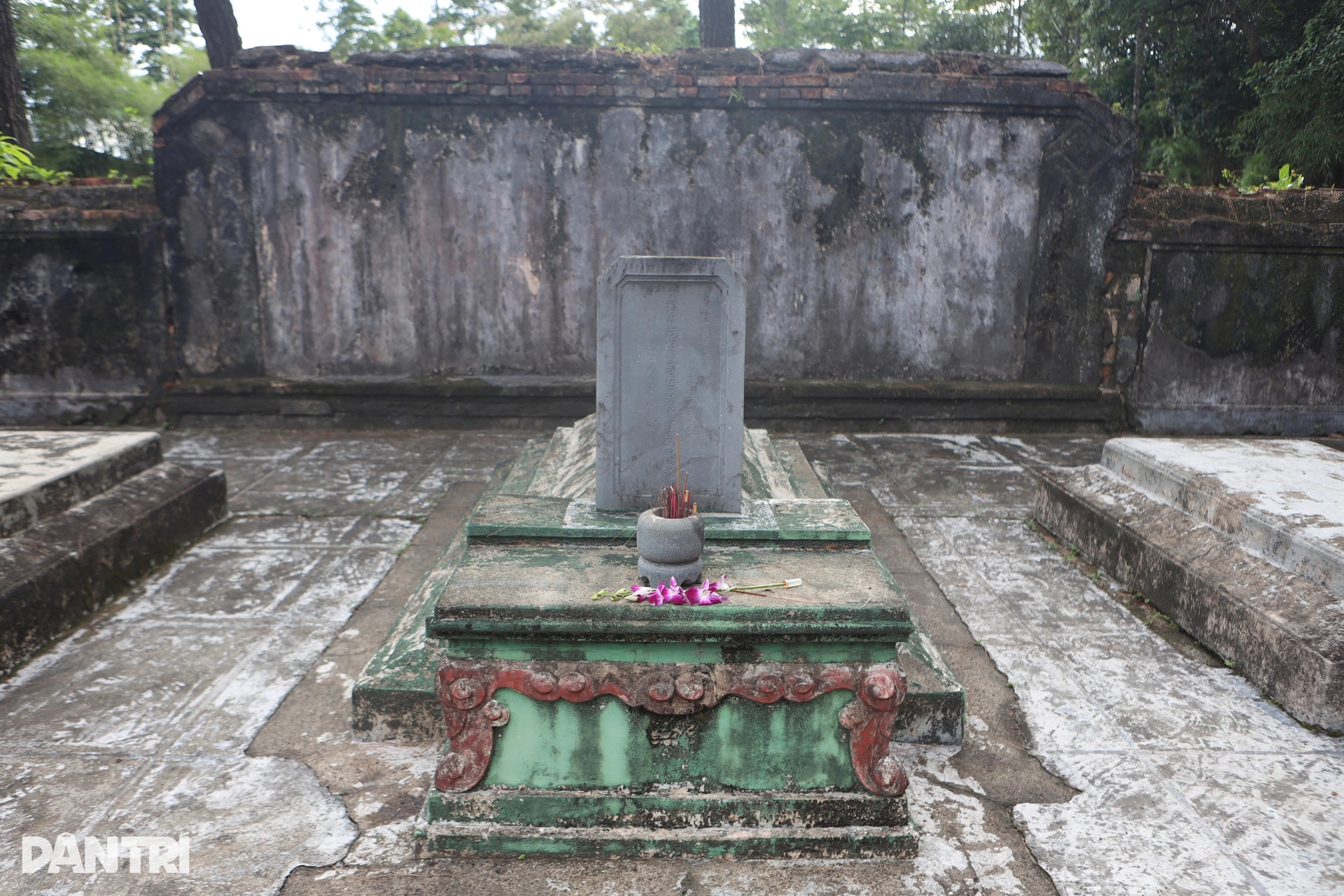
This mausoleum is divided into 3 levels corresponding to the different roles and contributions of the eunuchs.
According to a monk practicing at Tu Hieu Pagoda, among the 25 graves, there are 2 wind graves without a corpse. Most of the remaining graves have steles engraved with names, hometowns, dharma names, positions and dates of death.
In particular, there is only one tomb painted in a different color, with the inscription on the stele: Royal Palace Supervisor, Manager Nguyen Hau, from Nhi village, Hoang Cong commune, Hoang Cong canton, Thanh Tri district, Thuong Tin prefecture, Hanoi province; died on January 15, the 5th year of Khai Dinh (1920).

On the last day of attending the Vu Lan filial piety retreat at Tu Hieu Pagoda, Ms. Kha Chi (29 years old, residing in Hanoi) visited the cemetery and prayed in front of the stone stele at the main gate.
This stele was erected in 1901, the content was composed by Cao Xuan Duc, recording the confidences of a eunuch of the Nguyen Dynasty.
According to custom, every year on the full moon day of the 11th lunar month, Tu Hieu Pagoda holds a public memorial day to commemorate the eunuchs resting here.
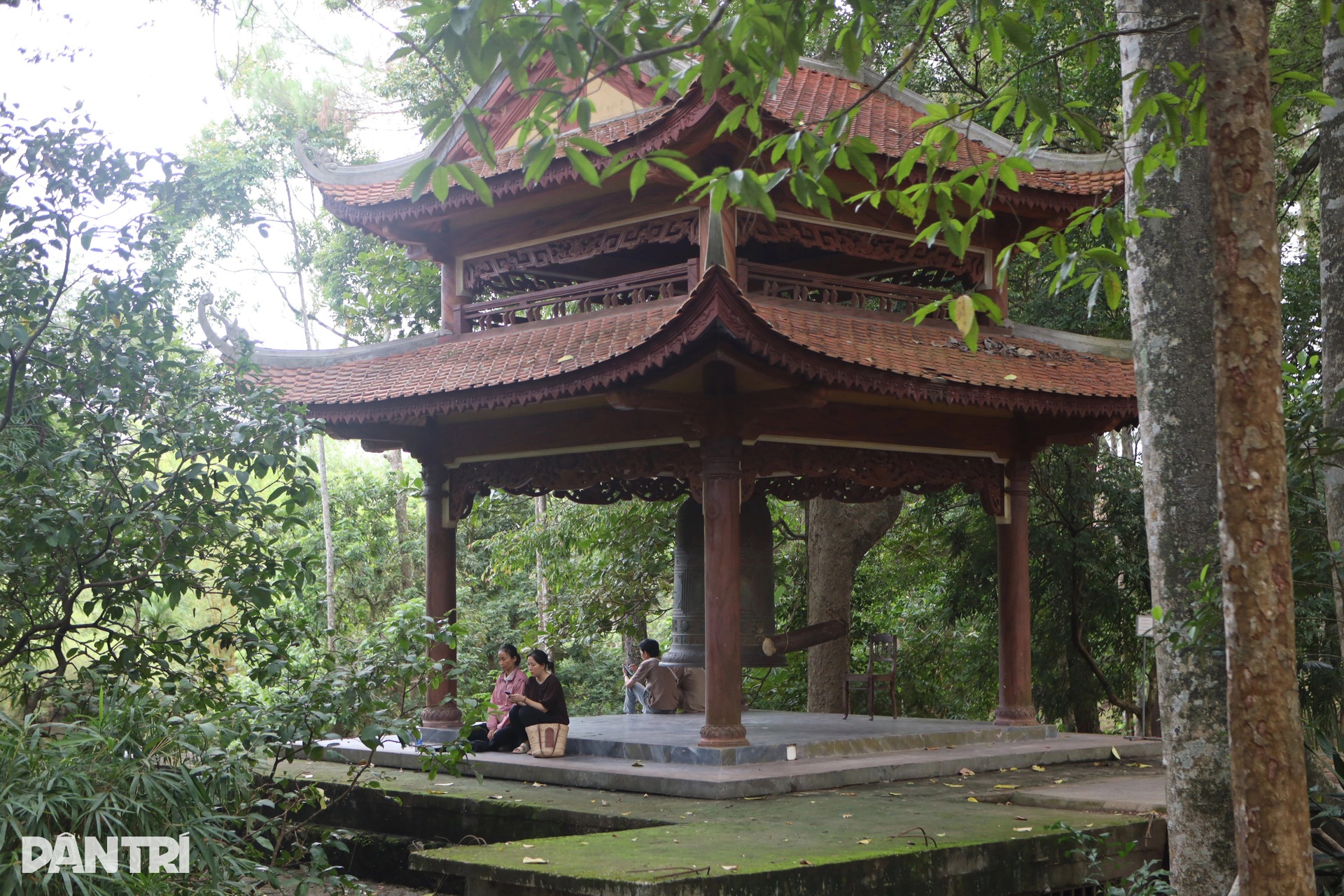
Today, Tu Hieu Pagoda is hidden under the shade of ancient pine trees, with lakes and streams flowing in front of it. The ancient temple is loved by many people for its landscape and architecture imbued with the ancient Hue style.
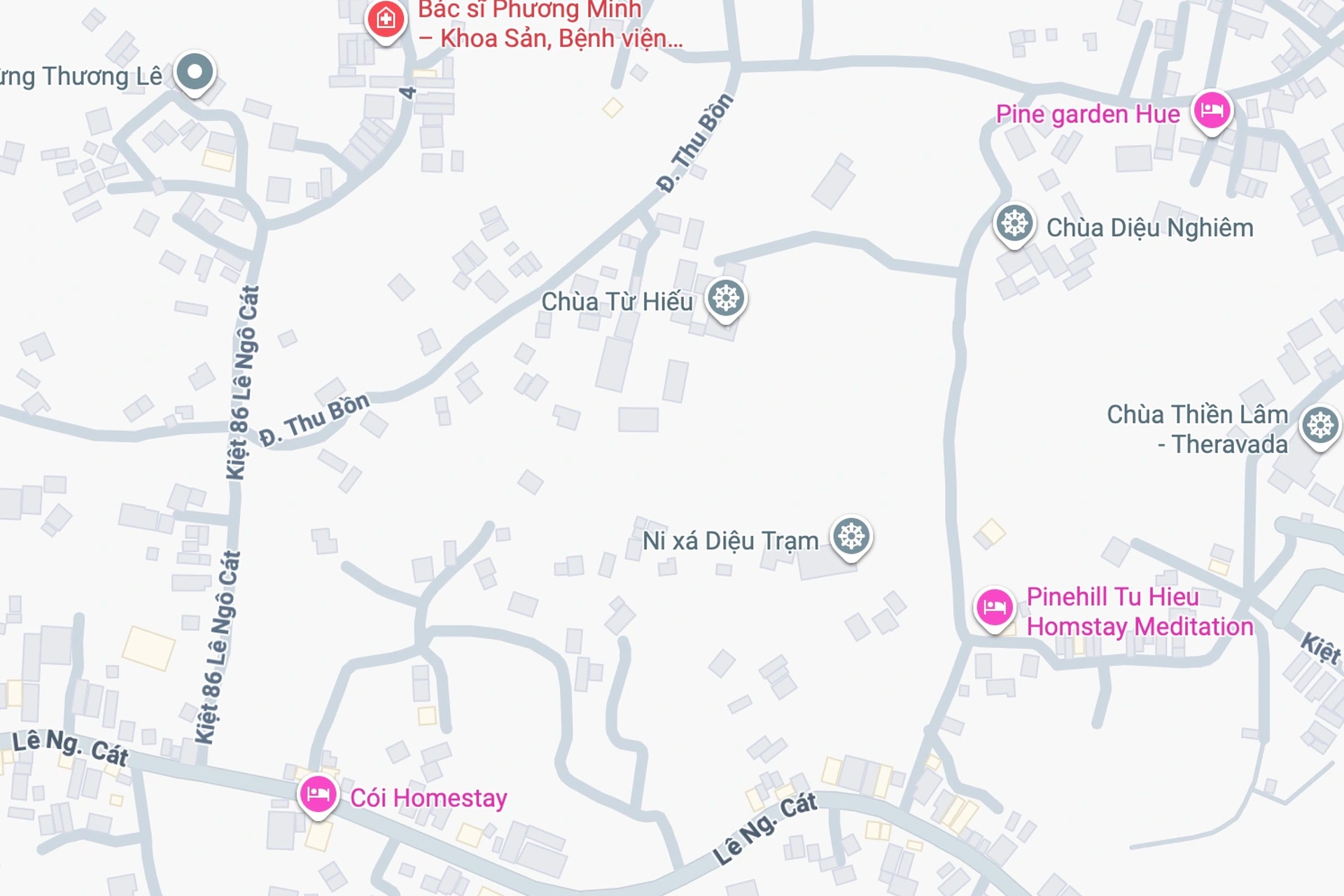
Location of Tu Hieu Pagoda on the map (Photo: Google Maps).
Source: https://dantri.com.vn/du-lich/ngoi-co-tu-va-cau-chuyen-nha-su-thuong-mua-ca-tuoi-ve-nau-chao-cham-me-20250907163725507.htm



![[Photo] Binh Trieu 1 Bridge has been completed, raised by 1.1m, and will open to traffic at the end of November.](https://vphoto.vietnam.vn/thumb/1200x675/vietnam/resource/IMAGE/2025/10/2/a6549e2a3b5848a1ba76a1ded6141fae)









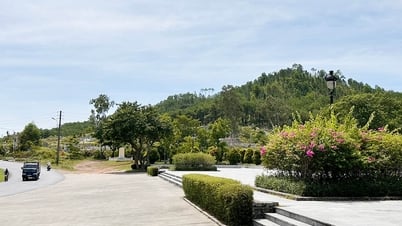

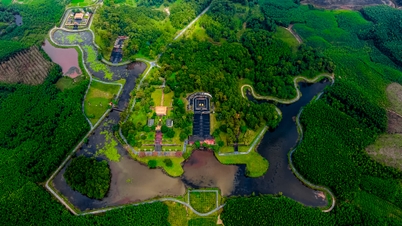




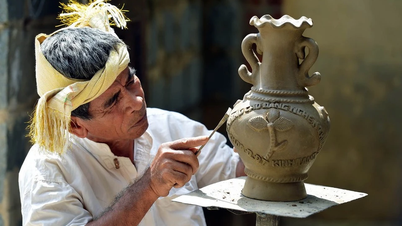



































































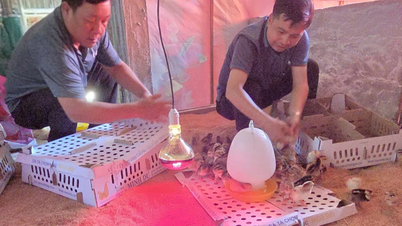














Comment (0)